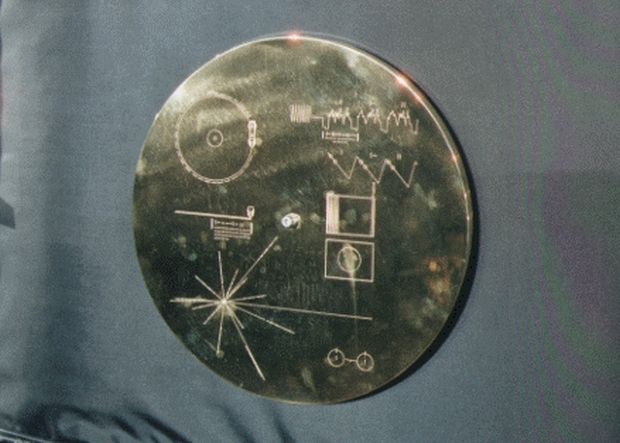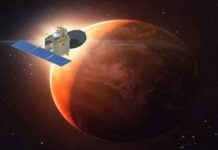Scientists tell stories with the power to inspire. Geologists can tell a story of the titanic forces that have shaped the planet. Chemists can tell the stories of the almost infinite complexity that result from the combinations of fewer than a hundred ingredients. Physicists tell a story where the micro-world of forces and interactions is based on a pleasing symmetry and unity. Biologists have their own story of unity, where the diversity of life is based on a single genetic code. The story astronomers tell is perhaps the grandest of all, since it plays out over 13.7 billion years in a universe that utterly dwarfs us.
One vital part of this story has yet to be told: the role of life in the universe. We have a high degree of confidence that the laws of physics and chemistry are universal. The visible universe contains about 1022 stars, a number so large that it’s hard to grasp intuitively, and theory and observation indicate that many of them will have orbiting planets. Life on Earth is tenacious and pervasive; it’s found in a bewildering array of environments, yet Earth is the only place we know of with life. That may be about to change.
Astrobiology is the scientific study of biology in its broadest context. It is a young field. Sixty years ago, we had little idea of how life on Earth started and no idea of the unity of life at a molecular level. Thirty years ago, Earth seemed to be the only plausible site for biology in the Solar System. And just fifteen years ago, we knew of no planets orbiting stars other than the Sun. Currently, a fleet of large telescopes and a small armada of spacecraft are starting to identify and scrutinize plausible sites for life in the Solar System and beyond. There are excellent textbooks, popular books, and scholarly monographs on astrobiology. Such writing is authoritative, but a third-person narrative can be impersonal and sometimes sterile.
Humanity’s “message in a bottle,” the gold-plated analog phonograph record launched over 30 years ago on the twin Voyager spacecraft and now heading into interstellar space. The most distant human artifacts have multilingual greetings, world music selections, and images coded into the grooves. Timothy Ferris was on the small group who selected the images and music, and he wrote a book called Murmurs of Earth to describe the process of devising a time capsule for humanity.

So we keep pondering upon the main reason of our very own existence. Is it just by chance or maybe there is a bigger secret which will take who knows maybe another billion years to find out? Yet, we keep ceaselessly trying to unearth the secrets and maybe one day we will be presented with that answer mystically.
-end-




































